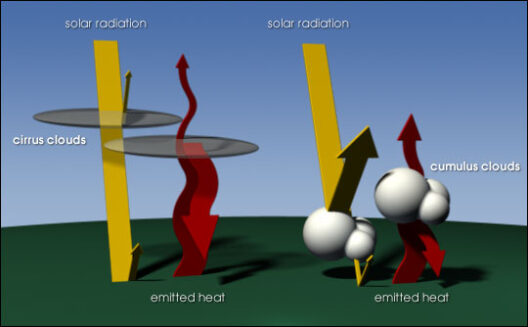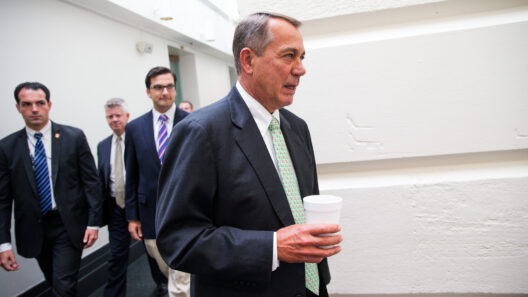The contemporary phenomenon of global warming is intricately interwoven with the tapestry of human activities. This crisis, which has burgeoned over the past century, is largely attributable to anthropogenic actions—those that arise from human endeavors. Understanding how these activities have catalyzed a climate catastrophe invites a profound reconsideration of our relationship with the planet.
To comprehend the gravity of the situation, it is essential to first delineate the fundamental mechanisms of climate change. The Earth’s atmosphere is a complex system, wherein greenhouse gases (GHGs) play a pivotal role in regulating temperature. Naturally occurring phenomena like volcanic eruptions and solar radiation contribute to these gases; however, human behaviors have dramatically intensified their presence. This has ensued from various sectors, including energy production, industrial processes, and transportation.
One of the foremost contributors to global warming is the burning of fossil fuels. Coal, oil, and natural gas release significant quantities of carbon dioxide (CO2), which is the most prevalent greenhouse gas produced by human activity. The Industrial Revolution heralded a new epoch marked by an insatiable appetite for energy, leading to unprecedented levels of fossil fuel extraction and consumption. This reliance has not only augmented atmospheric CO2 concentrations but has also engendered a myriad of deleterious environmental repercussions.
Deforestation is another salient human activity exacerbating global warming. Forests function as carbon sinks, sequestering substantial quantities of CO2 from the atmosphere. However, as urbanization accelerates and agricultural lands expand, vast tracts of forest ecosystems are cleared. The resultant loss of biodiversity and the release of stored carbon amplifies the greenhouse effect. Moreover, the degradation of forests disrupts hydrological cycles and diminishes ecological resilience, further complicating climate recovery efforts.
Agricultural practices, too, play a pivotal role in escalating greenhouse gas emissions. Livestock production, particularly cattle, generates significant amounts of methane (CH4), a gas with a global warming potential exponentially greater than CO2 over a short time frame. The use of synthetic fertilizers contributes to nitrous oxide (N2O) emissions, another potent greenhouse gas. The interplay of these practices manifests a paradox: while agriculture provides sustenance, its traditional forms are rendering our climate increasingly inhospitable.
Transportation infrastructures have also evolved into a glaring contributor to climate change. The proliferation of automobiles and the exponential growth of air travel entail the combustion of fossil fuels, releasing vast quantities of CO2 and other pollutants. Urban sprawl, an extension of modernization, often leads to increased travel distances, thereby heightening emissions. Moreover, a reliance on non-renewable energy sources persists as a barrier to achieving environmentally sustainable transport systems.
The nexus between industrialization and climate change cannot be overlooked. Manufacturing processes, particularly in sectors like cement and steel, release substantial carbon footprints. The growth trajectory of global supply chains exacerbates this issue, as products traverse the globe, incurring emissions at every stage of production and transportation. Thus, the insatiable demand for consumer goods not only shapes economies but also significantly impacts planetary health.
Equally critical is the role of waste disposal and management in the global warming discourse. Landfills emit methane as organic waste decomposes anaerobically. The increasing volume of waste generated by consumer culture underscores a systemic issue: our throwaway mentality. Transitioning toward sustainable waste practices and circular economies is essential, yet it remains a challenge amidst societal inertia.
Despite the stark realities presented, it is essential to recognize that human ingenuity can also become a catalyst for transformative change. Movements toward renewable energy sources—such as solar, wind, and hydroelectric power—have gained momentum, providing a sustainable alternative to fossil fuels. Investment in grid modernization and energy efficiency can mitigate the impacts of climate change while fostering economic growth.
Furthermore, a shift in consumer choices toward more sustainable practices is crucial. Advocacy for plant-based diets can reduce the carbon footprint associated with livestock production. Additionally, promoting public transportation and electric vehicles can alleviate transportation-related emissions. Such changes not only cultivate environmental stewardship but also inspire a collective aspiration for sustainability across diverse populations.
In conclusion, the intricate relationship between human activities and global warming serves as a poignant reminder of the responsibility we bear for the ecological status quo. While the crises sparked by our actions can seem insurmountable, an awakening towards sustainable practices offers a glimmer of hope. It is through education and advocacy that society can embark on a path toward mitigation, preservation, and ultimately, redemption. By redefining our relationship with nature and choosing to act, we can gradually shift the trajectory of our planet toward a more sustainable future.






